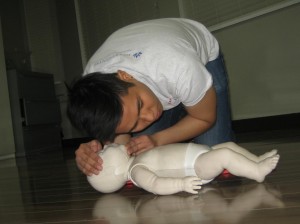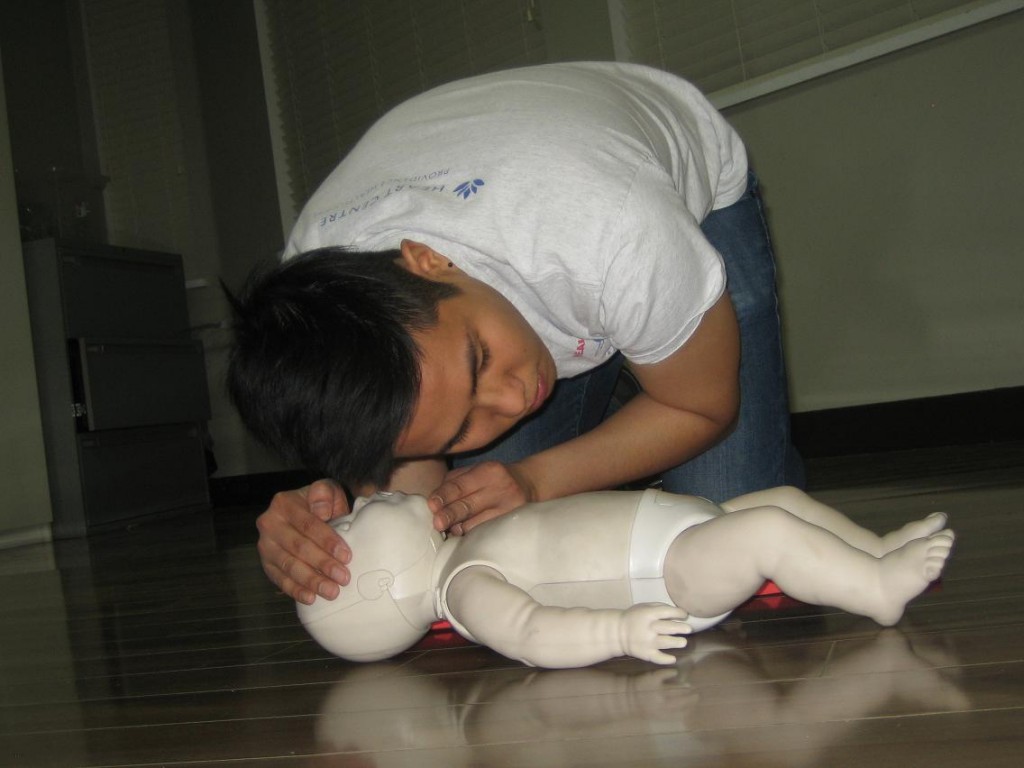The Danger of a Shaking baby syndrome
The condition is most common when the baby is violently shaken or when dropped on a hard surface hitting the head. The resulting consequence may cause tremendous bleeding, bruising or a significant pressure to the brain. Because of the force and violent movement on the baby’s head the damage may extend to the eyes where the retina may bleed and can result in spinal cord injury and even neck fracture. The consequences of a shaken baby syndrome can be serious enough as to cause major brain damage that can be temporary or permanent. Fatalities resulting from shaken baby syndrome results in 20% of infant death cases per year. Other conditions that may arise from this condition include hearing impairment, speech disability, learning disorders, paralysis and seizures.
The material posted on this page on shaking baby syndrome and brain injuries is for learning purposes only. To learn to recognize and manage serious brain injuries in infants and any other serious medical emergencies with babies and children register for a standard, emergency or childcare first aid course with one of our providers.
How to Prevent Shaking Baby Syndrome?

Learning how to properly take care of your child without the need of resorting to violence is very important. If you feel frustrated, angry or irritated with your child, it is best to compose yourself and relax. Try to pause for a while and count, take a deep breath and resist the temptation of showing your frustration to the child. Babies normally cry when they need something such as when they are hungry, wet or anxious. If you cannot keep your patience, it is best to ask someone else to look for your child for the meantime.
Children who are victims of a shaking baby syndrome are victims of child abuse. Care givers sometimes mistreat babies under their care and a simple shaking movement to an infant may cause damage to the brain. If you see signs of child abuse, it is best to seek medical attention for your baby and consult police. Symptoms like lethargy, irritated behavior, redness of the eye and bruising should make you suspect for the possibility that your child has been abused. Teach the care giver of your child how to properly handle a crying baby and to swing the baby gently when making the child fall asleep. In sudden attacks, a child may show some difficulty in breathing.
References:
Kids Health. Abusive Head Trauma. Accessed on June 4, 2014 from http://kidshealth.org/parent/medical/brain/shaken.html#
Baby Center. Abusive Head Trauma (Shaken Baby Syndrome). Accessed on June 4, 2014 from http://www.babycenter.com/0_abusive-head-trauma-shaken-baby-syndrome_1501729.bc
